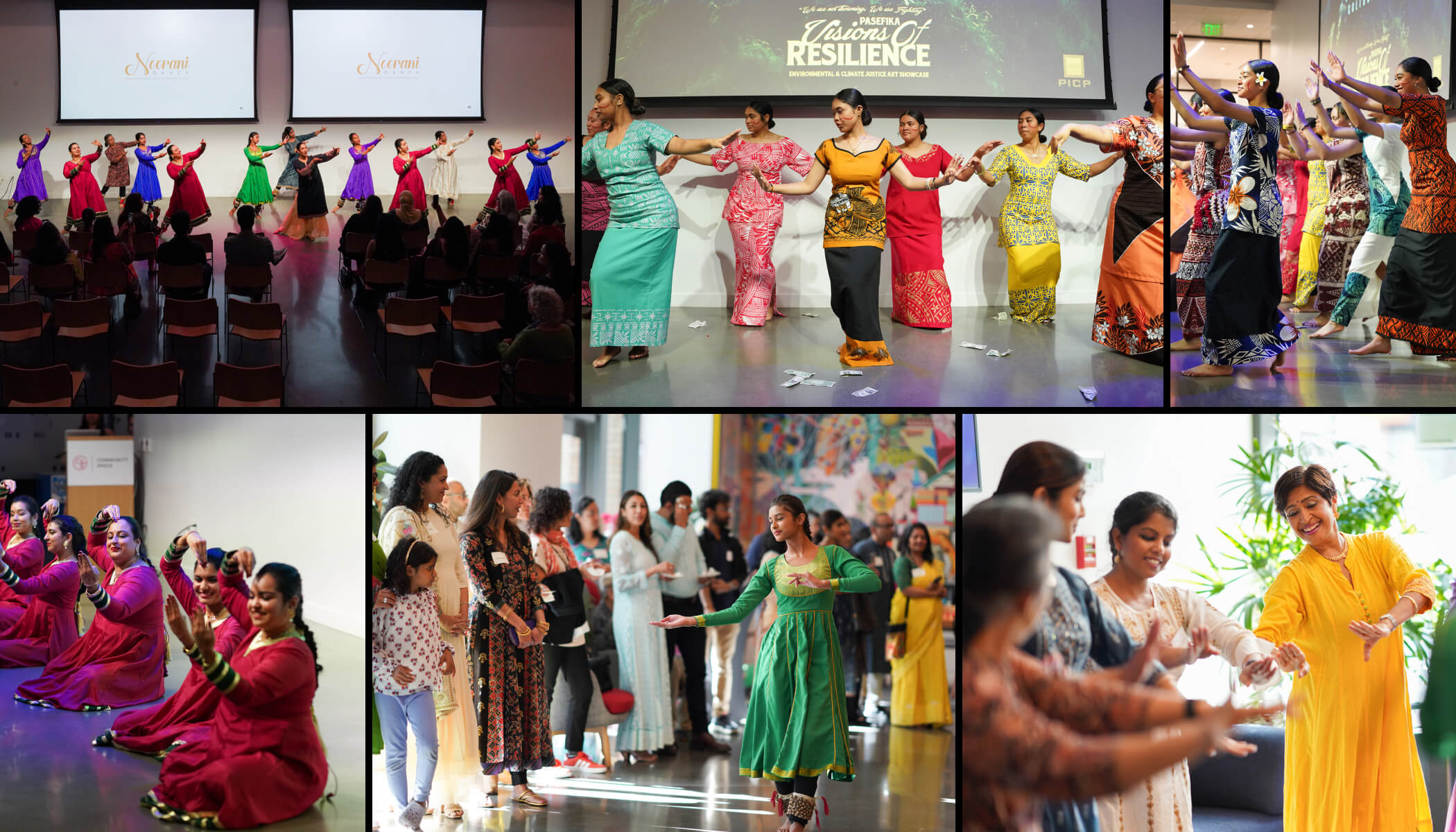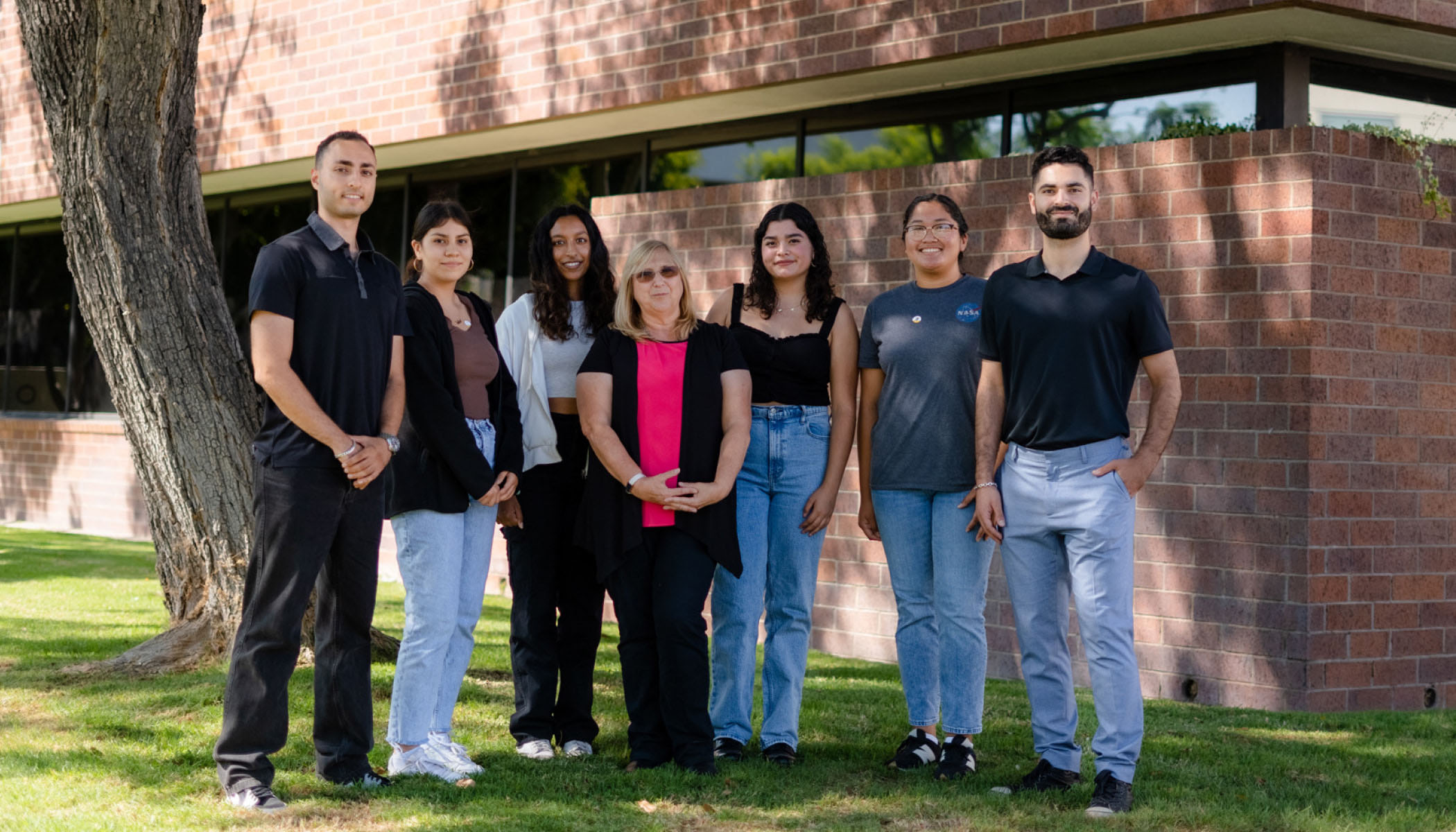Sep 27, 2022 · 7 min read
Hasta la Raíz: 3 Scientists on Advancing Biomedical Science in Latin America
Join us in highlighting the scientific achievements of the Latina/o/x community.
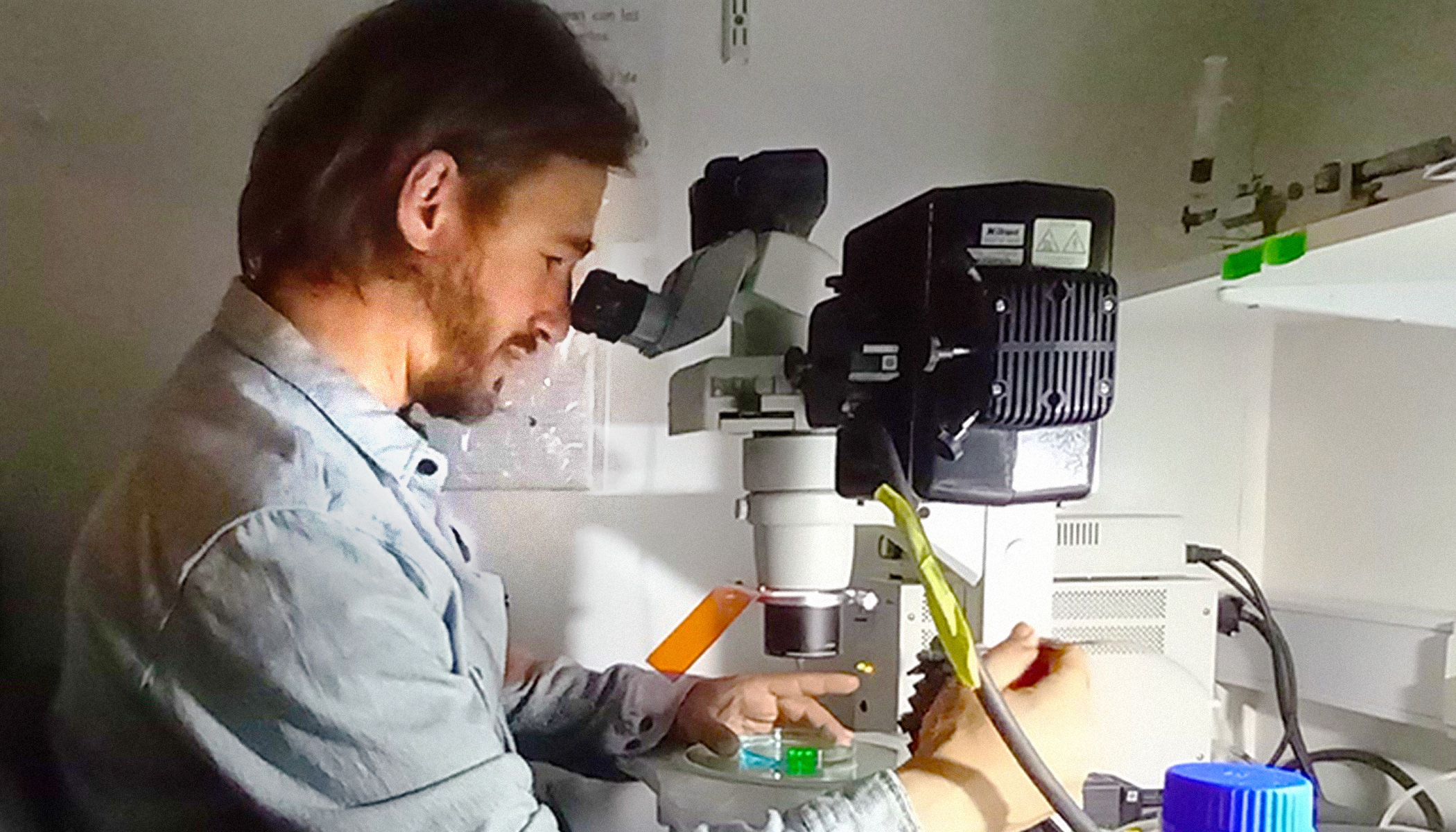
It’s Latinx Heritage Month — a time to celebrate the histories, cultures and contributions of people living in the U.S. whose ancestors came from Mexico, the Caribbean, and Central and South America.
Every year at CZI, our employee resource group, Unidos, chooses a special theme to reflect on during Latinx Heritage Month. This year’s theme is “Hasta la Raíz” — a testament “to the roots” of the Latina/o/x community as a mosaic of experiences, cultures and contributions. “Hasta la Raíz” is also a vital reminder to honor year-round the history, art, and scientific achievements of the Latina/o/x communities’ connections to the land through its Indigenous and mixed roots.
With this in mind, we’re highlighting the work of three innovative scientists whose work exemplifies “Hasta la Raíz” as they advance pivotal biomedical research.
Also read: Open Source and Open Science in Latin America
Alejandra Medina-Rivera
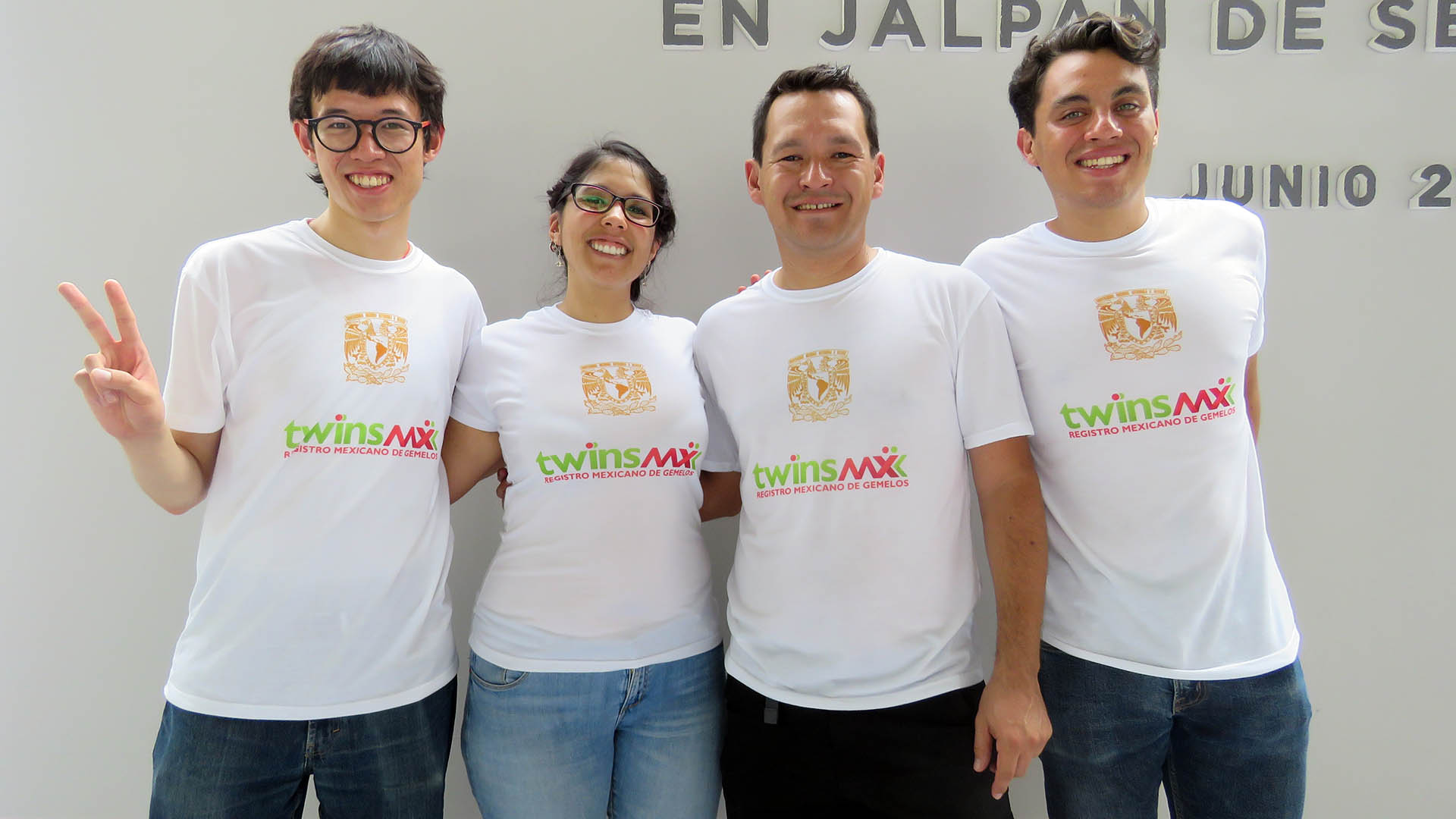
Alejandra Medina-Rivera credits her mother and high school teachers for sparking her interest in genomics research.
“I was privileged to be raised by my mother who has devoted her academic life to research in psychology,” she says.
That early interest led to her role at the National Autonomous University of Mexico (UNAM) where she conducts research on the genetic basis of diseases — with a strong focus on studying people of Mexican descent.
Currently, Alejandra is working with a team of researchers on a project, supported by CZI, to expand the ancestral diversity of samples in the Human Cell Atlas. They are working to create a more globally representative resource to understand disease.
This research could lead to a further understanding of why people react differently to disease and why certain immune conditions are found in higher prevalence in particular areas of the world — for example, the higher rate of Lupus in Mexico.
“I feel a great commitment to increase the representation of genetic and genomic data of Mexicans in biomedical studies,” Alejandra explains.
When reflecting on what her work means to her family, culture and community, Alejandra shares, “they think my work will have great impact on the study of Lupus and Parkinson’s in our country, and that it will help improve healthcare.”
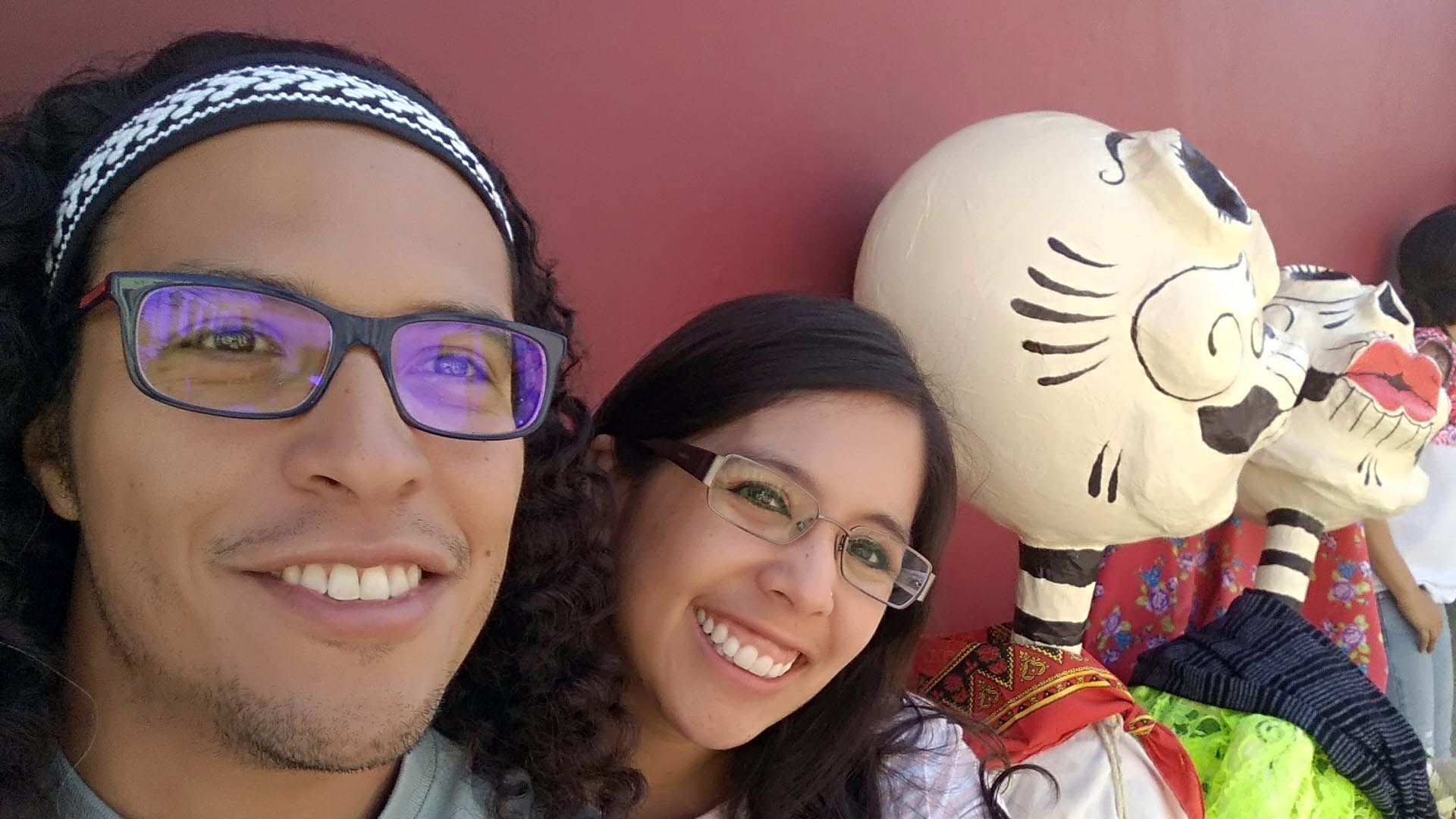
As for what she wants people to know about getting Latina/o/x people in science, Alejandra says, “There is high-level research being performed in other regions of the world outside of the Global North. This research is worth investing in.”
Also read: Biology’s Most Ambitious Map Yet: What Is the Human Cell Atlas?
Daniela Robles-Espinoza
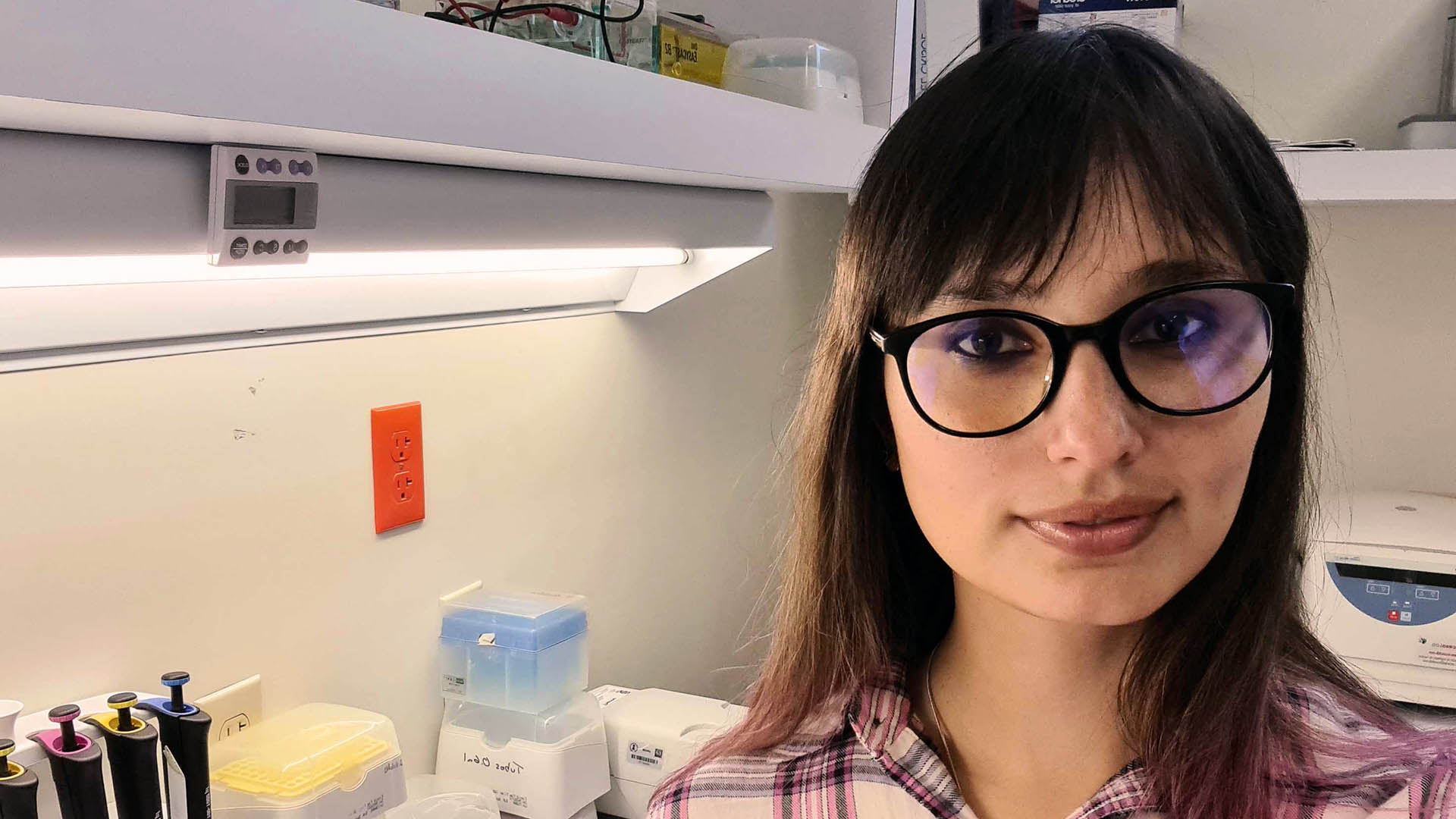
Daniela Robles-Espinoza, an associate professor at UNAM, devotes much of her research to studying Acral Lentiginous Melanoma (ALM) — an aggressive type of skin cancer that impacts people in Latin America, Africa and Asia.
“I always knew I wanted to return to Mexico after training abroad, and hopefully work on projects that would be of benefit for our local population,” she explains.
The causes and genetic drivers of ALM remain relatively unknown, which is why Daniela, along with a team of researchers, is studying the disease as well as other types of cancers that disproportionately affect people in Latin American countries.
“We hope to be able to learn more about how to treat patients that suffer from these types of cancer,” Daniela says.
This work is crucial to getting a more complete picture of the myriad factors involved in carcinogenesis — the formation of cancer.
As part of CZI’s Ancestry Networks for the Human Cell Atlas, Daniela is also working with a team made up entirely of Latina/o/x scientists to build a Latin American cell map of immune blood cells and gallbladder tissue cell types from diverse Indigenous and mixed populations from six countries.

Daniela hopes her work helps diversify the genomics field both because of the people that have agreed to form part of their study and the composition of the research team.
She says, “I try to work with Mexican oncologists and other medical doctors, statisticians, bioinformaticians and biologists to study the genomes of Mexican cancer patients in order to maximize the utility of our research to our country.”
She strongly believes in the need for more Latina/o/x representation in science, and says, “we need more diversity in life histories, perspectives and ways to do science as it is not only more inclusive but also tests our biases and prejudices, which makes us better scientists.”
Andrés Kamaid

Andrés Kamaid, a researcher at the Institut Pasteur de Montevideo in Uruguay, uses microscopes and advanced imaging technologies to study the building blocks of life — single cells.
“I have always been amazed by the idea that I was once a single cell that — after a very complex process called embryonic development — gave rise to a human being,” Andrés says.
He observes this process by studying animals like zebrafish that develop externally and very rapidly.
Andrés explains, “part of my work is to develop better methods to observe these processes dynamically.” This type of scientific imaging is vital to understanding health and disease.

To help further scale advanced imaging techniques, CZI’s imaging program is supporting the work of Andrés and other biologists and technology experts through several grants.
In one project, Andrés is collaborating with principal investigator Leonel Malacrida to bring state-of-the-art imaging technologies to Uruguay to advance researchers’ understanding of living cells. This new facility will provide imaging services throughout Latin America, as well as provide training in modern imaging and analysis methods for the next generation of scientists.
In a related effort supported by CZI, Andrés is leading a project to build a collaborative network to advance bioimaging in Latin America. Called the Latin American Bioimaging Network, this program will provide a platform for imaging scientists across the region to interact, share experiences, and collaborate in expanding access to bioimaging training and technology.
Over the next decade, CZI Science is focused on developing new research, institutes, and technologies to measure and observe human biology in new ways to help deepen our understanding of human health and disease. Learn how CZI supports its Science work.




